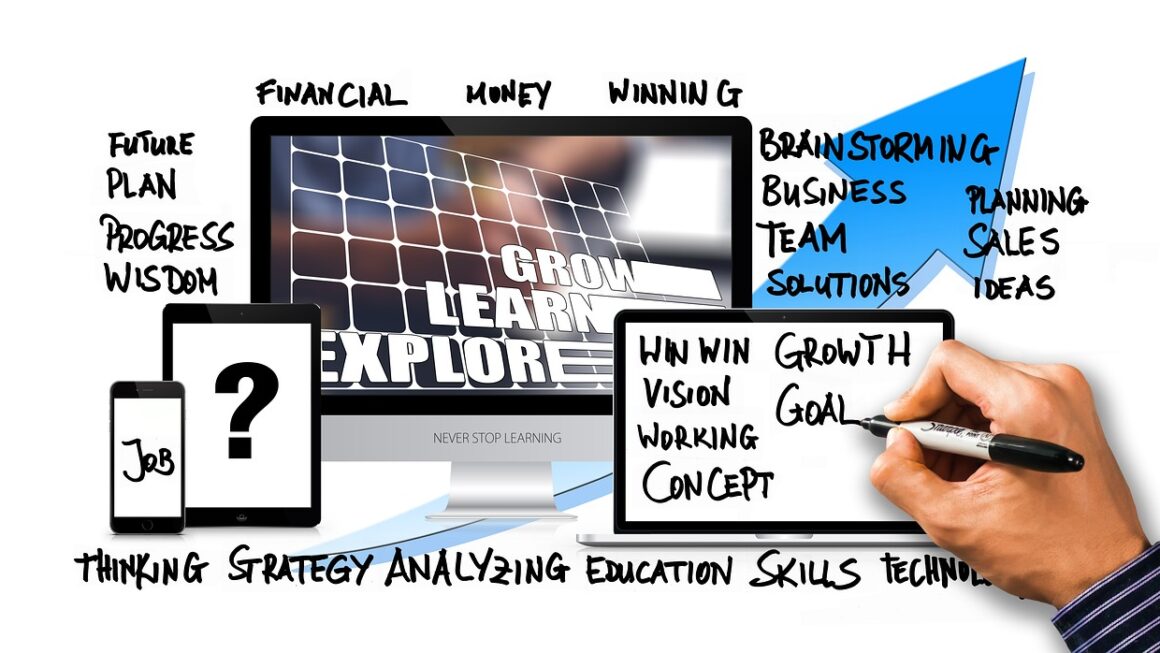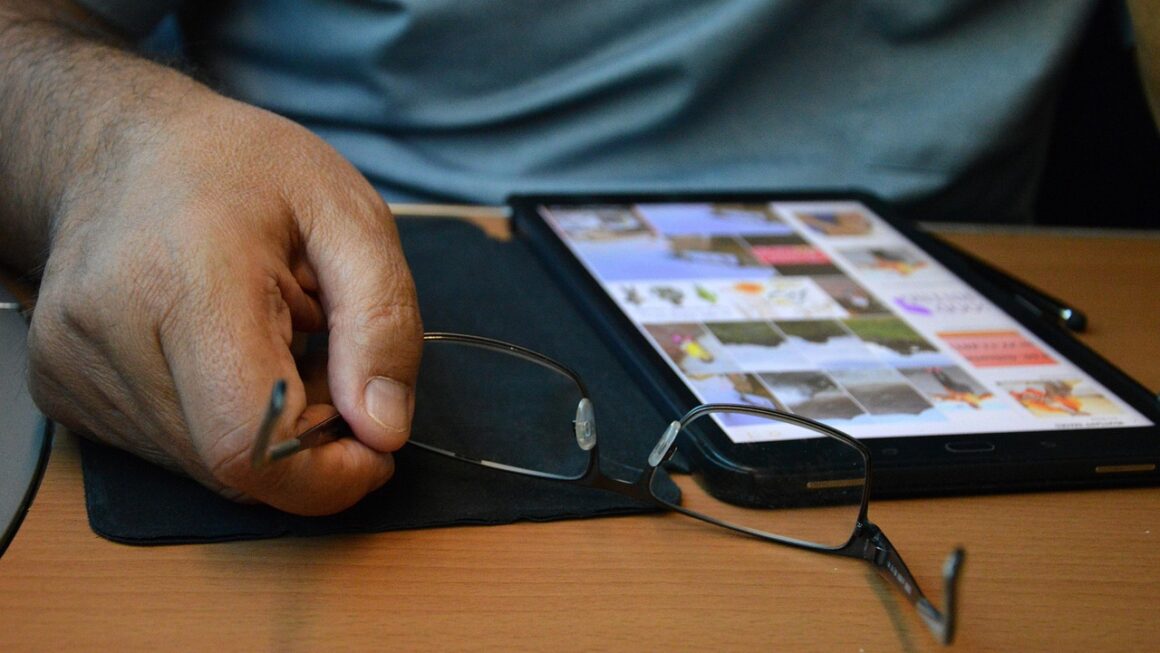The quest for inner peace and mental well-being has taken a fascinating turn in the 21st century, intertwining ancient mindfulness practices with cutting-edge technology. Mindfulness tech, a burgeoning field, encompasses a range of tools and applications designed to help individuals cultivate mindfulness, reduce stress, and improve overall mental health. From meditation apps to biofeedback devices, this innovative intersection is reshaping how we approach mental wellness. Let’s explore the landscape of mindfulness tech and how it can positively impact your life.
What is Mindfulness Tech?
Mindfulness tech refers to the integration of technology with mindfulness practices to enhance and support mental wellness. It includes apps, devices, and platforms designed to guide users through meditation, track their progress, and provide personalized insights.
Core Components of Mindfulness Tech
- Meditation Apps: These apps offer guided meditations, breathing exercises, and relaxation techniques to help users develop a regular mindfulness practice.
Examples: Headspace, Calm, Insight Timer.
- Wearable Devices: These devices often track physiological data such as heart rate variability (HRV) and brainwaves, providing real-time feedback on a user’s stress levels and relaxation.
Examples: Muse headband, Apple Watch (with mindfulness apps).
- Biofeedback Tools: These tools help users learn to control physiological responses, such as muscle tension and skin temperature, through real-time feedback.
Examples: HeartMath emWave2, Wild Divine.
- Virtual Reality (VR) Mindfulness: VR applications offer immersive environments that facilitate relaxation and focused attention.
Examples: Tripp, Healium.
Benefits of Using Mindfulness Tech
Mindfulness tech offers numerous benefits, including:
- Accessibility: Makes mindfulness practices readily available anytime, anywhere.
- Personalization: Provides tailored content and feedback based on individual needs and preferences.
- Progress Tracking: Allows users to monitor their progress and stay motivated.
- Gamification: Incorporates game-like elements to make mindfulness practice more engaging and fun.
- Data-Driven Insights: Offers insights into physiological and psychological responses to mindfulness exercises.
Top Mindfulness Apps and Platforms
The market for mindfulness apps is booming, with a plethora of options to choose from. Here’s a closer look at some of the leading platforms.
Headspace
- Features: Guided meditations for various themes (stress, sleep, focus), animations, and daily mindfulness reminders.
- Benefits: User-friendly interface, science-backed approach, and extensive content library.
- Cost: Subscription-based model with a free trial.
- Practical Use: Perfect for beginners looking for a structured meditation program.
Calm
- Features: Sleep stories, relaxing music, guided meditations, and nature sounds.
- Benefits: Focus on sleep improvement, wide range of relaxation content, and celebrity narrators.
- Cost: Subscription-based model with a free trial.
- Practical Use: Ideal for those struggling with insomnia or seeking relaxation before bedtime.
Insight Timer
- Features: A vast library of free guided meditations, talks, and music from various teachers and traditions.
- Benefits: Largest free library of mindfulness content, community features, and customizable meditation timer.
- Cost: Primarily free with optional premium features.
- Practical Use: Suitable for both beginners and experienced meditators looking for variety and community support.
Ten Percent Happier
- Features: Guided meditations, expert interviews, and practical mindfulness tips.
- Benefits: Grounded in science, skeptical approach to mindfulness, and emphasis on practical application.
- Cost: Subscription-based model with a free trial.
- Practical Use: Appealing to those who are hesitant about traditional meditation practices.
Wearable Technology and Biofeedback for Mindfulness
Wearable devices and biofeedback tools offer a more hands-on approach to mindfulness, providing real-time data on physiological responses.
Muse Headband
- Features: Brainwave tracking, guided meditations, and real-time feedback on mental activity.
- Benefits: Provides insights into brain activity during meditation, helps users improve focus, and tracks progress over time.
- How it Works: Sensors in the headband detect brainwaves and translate them into audio cues, guiding users to a more relaxed state.
- Practical Use: Great for those who want to deepen their understanding of their meditation practice and improve their focus.
HeartMath emWave2
- Features: HRV monitoring, coherence training, and stress-reduction techniques.
- Benefits: Helps users improve heart rate variability, reduce stress, and enhance emotional resilience.
- How it Works: The device measures heart rate variability and provides feedback on how to achieve a state of coherence, where the heart, brain, and emotions are aligned.
- Practical Use: Beneficial for individuals dealing with chronic stress, anxiety, or emotional imbalances.
Apple Watch and Other Smartwatches
- Features: Built-in mindfulness apps, breathwork reminders, and heart rate monitoring.
- Benefits: Provides convenient access to mindfulness practices, promotes regular breaks for breathwork, and tracks physiological data.
- Practical Use: Useful for those who want to integrate mindfulness into their daily routine and monitor their stress levels.
The Science Behind Mindfulness Tech
The effectiveness of mindfulness tech is supported by a growing body of scientific research. Studies have shown that mindfulness practices, facilitated by technology, can have a positive impact on various aspects of mental and physical health.
Reducing Stress and Anxiety
- Mindfulness-based interventions have been shown to reduce cortisol levels, the hormone associated with stress.
- Apps and devices can help users develop coping mechanisms for managing anxiety symptoms.
- Example: A study published in the Journal of Consulting and Clinical Psychology found that a mindfulness app significantly reduced anxiety symptoms in a sample of college students.
Improving Focus and Attention
- Mindfulness practices can enhance attention span and cognitive function.
- Neuroimaging studies have shown that meditation can increase gray matter in brain regions associated with attention and focus.
- Example: Research published in Frontiers in Neuroscience indicated that regular meditation practice can improve sustained attention and working memory.
Enhancing Sleep Quality
- Mindfulness techniques can promote relaxation and reduce racing thoughts, leading to improved sleep quality.
- Sleep stories and guided meditations can help individuals fall asleep faster and stay asleep longer.
- Example: A study in the Journal of the American Medical Association (JAMA) Internal Medicine revealed that mindfulness meditation can improve sleep quality in older adults with moderate sleep disturbances.
Promoting Emotional Regulation
- Mindfulness practices can help individuals become more aware of their emotions and develop skills for regulating them.
- Learning to observe emotions without judgment can reduce reactivity and improve emotional resilience.
- Example: Research published in Emotion showed that mindfulness training can enhance the ability to regulate negative emotions.
Conclusion
Mindfulness tech offers a powerful and accessible way to cultivate mindfulness and improve mental well-being. Whether through meditation apps, wearable devices, or biofeedback tools, technology is transforming how we approach mental health. By understanding the benefits and exploring the various options available, you can harness the power of mindfulness tech to enhance your focus, reduce stress, and promote a more balanced and fulfilling life. The journey to inner peace is now more accessible than ever, thanks to the innovative intersection of mindfulness and technology.




